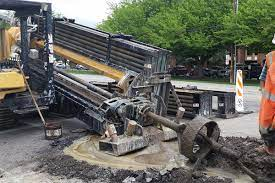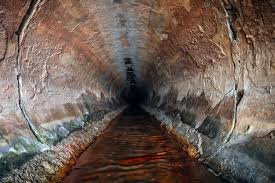If you’re thinking about replacing a section of sewer or having a full upgrade for your property, it’s important to know about sewer pipe lining. This process refers to the repair and replacement of damaged, leaking and cracked sewer lines. A trenchless ‘no dig’ process is used to avoid the need to excavate the area of the sewer, and a repair section saturated with epoxy is placed into the existing pipe. The system places it and then cures it by using steam, hot air or blue light LED. In this way, the repair can be applied to the damage, allowing the broken pipe to work as it should for decades to come.

The process of sewer pipe lining
Usually, this process is carried out to replace broken cast iron, clay, PVC, concrete or plastic piping. Whatever the material, these steps will be followed:
1. A sewer CCTV camera is used to inspect the compromised pipes and to assess where the cracks are.
2. The cleaning process takes place to remove blockages and debris
3. The existing pipes and damaged sections are measured by a qualified specialist in sewer pipe lining in Wolverhampton or elsewhere.
4. The repair section is prepared – it is usually made of felt and reinforced with polyester, fibreglass and composites. You can find out more at sewer pipe lining Wolverhampton.
5. The epoxy is impregnated into the repair and the repair is inverted using an inverter drum. This ensures that the epoxy resin is on the exterior of the repair section for fixing.
6. The repair is then cured to create the seal. Blue light LED is very fast – traditional steam or hot air curing takes up to 12 hours. The moisture is removed and the repair will be solidly secured into place.
7. The sewer flow is restored.

This process is far superior to the approaches of old, where pipes had to be replaced through excavation processes. This meant tearing up pavements, gardens and public areas and ripping up green spaces. Trenchless repairs are less invasive and becoming even more widely employed.
The benefits of sewer pipe lining
With sewer pipe lining, no property or ground needs to be excavated or dug up, and repaving work isn’t needed. It can be a cheaper solution, and allows specialists to carry out targeted prevention work, for example, around trees.


